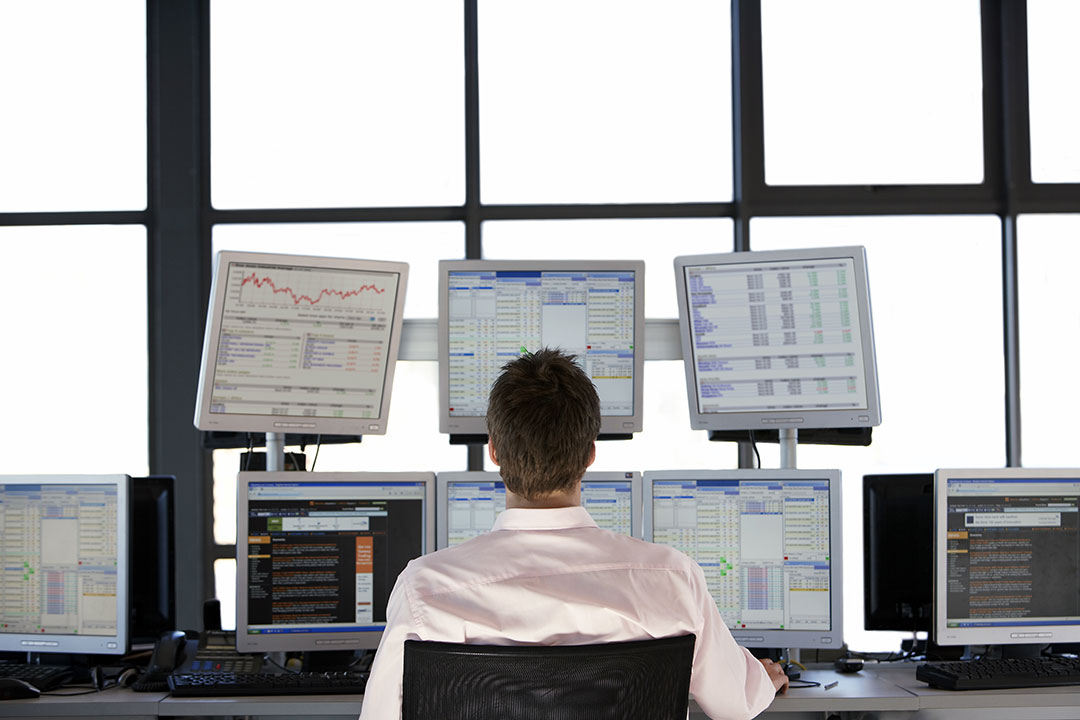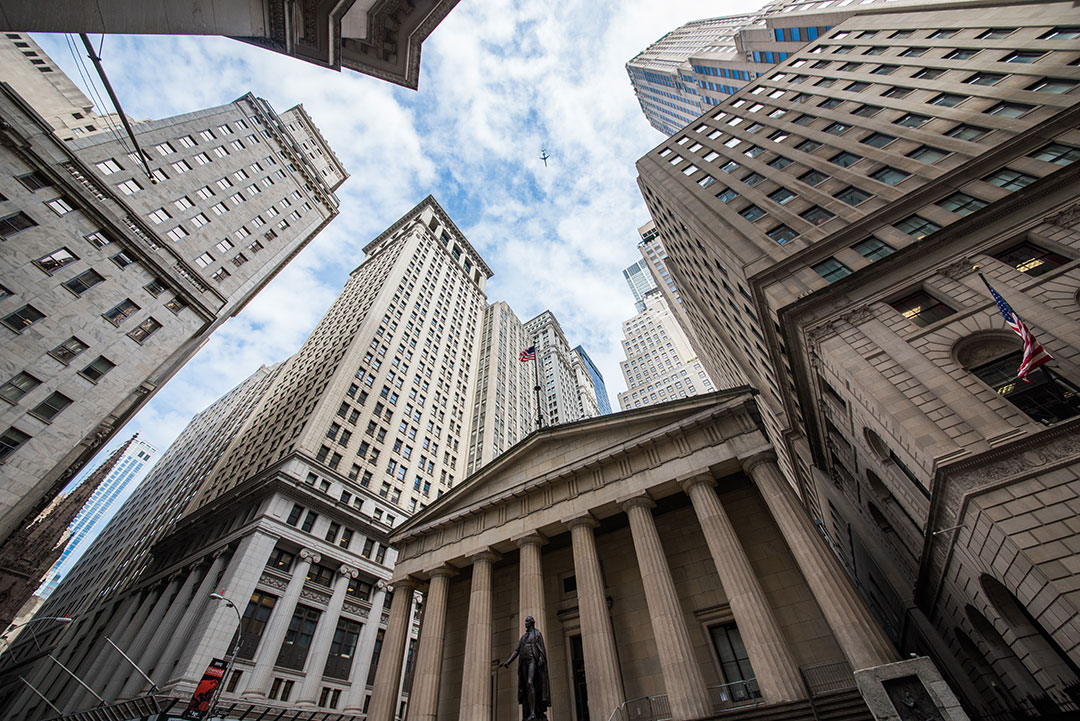Taking Stock of the New Tech Boom

The bull market is marking its five-year anniversary, and the NASDAQ – America’s index of tech stocks – has hit a high not seen since February 2000, when the infamous tech bubble burst. Enormous profits have been made by some investors, but there is speculation now that tech investment is approaching a peak and possibly even a bubble.
The number of companies trading on extremely high valuations is at its highest level since the dotcom crash, and multiple market strategists have issued warnings that the market is overheated and susceptible to a sharp retreat. But are stocks overpriced? And even if they are, can investors still find an edge?
We live in an era of technological marvels, a curiosity cabinet of incredible inventions. Smartphones place the extent of human knowledge at your fingertips. They offer the ability to communicate with almost anyone, almost anywhere in the world, instantly and at low cost. Advanced technologies such as the electric car on the point of breaking through. There are many more exciting developments in the offing, and a lot of them will become a reality. Take the internet, for example. It has become integrated into everyday life in way that even the most optimistic tech pioneers of the late 1990s might not dared have hoped. In centuries to come, the dawn of the internet age will likely be considered in the same light as the invention of the wheel, the printing press and the sliced pan.
However, just because a product or business sounds great does not always make it a great investment. In the late 1990s, a combination of rapidly increasing stock prices, market confidence that tech companies would make future profits, individual speculation in stocks, and widely available venture capital created an environment in which many investors were prepared to overlook traditional stock valuation metrics in favour of basing confidence on technological advancements. This approach often neglected analysis of the ability of a company to generate cash and produce profits for investors.
Over the past decade, the environment for tech companies has altered. During the dotcom era, internet-based services were still in their childhood. Most of what is possible today, such as streaming high-quality videos on the move via YouTube, was then only a vision of the future. The technology that companies had promised and promoted in alluring technicolour is finally available to everyone. Massive industries are driven by by the insatiable data hunger of video streaming, the desire of consumers to buy the latest mobiles and tablets, and new online business models such as social media and software-on-demand. Moreover, companies such as LinkedIn, Google and Facebook have demonstrated an ability to generate sales and profits.
“We live in an era of technological marvels, a curiosity cabinet of incredible inventions.”
Now, with alternatives for investors scarce on the ground, thanks in part to extremely low interest rates, tech stocks are booming. Take, for example, Tesla, the electric car maker and a constituent of the NASDAQ 100 index. Over the course of last year, its share price had more than quintupled. This means that a company that aimed to produce around 20,000 cars in 2013 is leaving behind multinational giants such as Fiat, which produces millions of cars a year, in terms of market capitalisation. However, Tesla does at least offer a tangible and desirable product and actually makes some money.
On the other hand, take US-based Plug Power, which designs and manufactures fuel cells. Plug Power has never once turned a profit in its 16-year history. In February, the company’s stock had climbed over 5,000% in the space of a year, and it surged again after the company announced that it would supply its hydrogen fuel cells to Wal-Mart. Subsequently, the share price tumbled 35% to $6.67 after short-seller Citron Research said the fair value of the stock was 50 cents. Citron called Plug Power a “casino stock” one that “can trade twice its outstanding shares in a single day, while turning over its entire float on people gambling that they can find a buyer at a higher price.”

Behaviour like this would indicate that a bubble in indeed forming. So what can we expect if a bubble if forming? In a bubble, widespread investor overconfidence is supported and reinforced by positive word-of-mouth and buzz over certain investment themes and stocks and cheap money. Investors are taken over by the fear of missing out. The fear of missing out is an emotional response that pours fuel on the fire of bull markets. Investors make a spate of rapid gains, and a bull market turns into a bubble. The string of quick gains turns excitement into euphoria, which feeds into greed. That can become contagious as investors interact, racing to copy and imitate each other’s behaviour.
But even if a bubble is now forming, the bubble may not burst any time soon. Plug Power’s share price, after falling by 35% in one day, rebounded by 25% the following day. It’s also easy to forget that the first dotcom bubble had a few major winners that have developed into era-defining institutions – Google, Amazon, eBay, and PayPal. The combined value of those companies today is more than half a trillion dollars. If today’s crop of young pretenders contains three or four companies that have the potential to come even close, all the money spent chasing them will one day look like spare change.
So how to play it? According to Warren Buffett, who focuses on value investing, investors need to have a good idea of what they think a stock should be worth, most often estimated by analysing a company’s fundamentals. Then, they should only buy the stock if it is selling at a good discount to that value. It is also a good idea to gain as much clarity as possible on a company’s future earnings. Prudent investors should be wary of the hottest (over-valued) properties in the tech sector. It might not be necessary to sell all the hot stocks you own, as it’s difficult to predict exactly when the boom will end. However, consider putting in stop losses to lock in at least a portion of your gains for when and if the boom turns to a bubble and then bursts.

